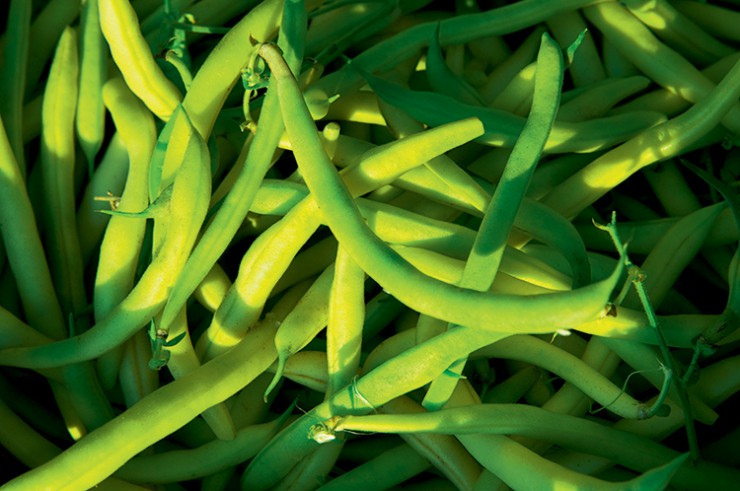Home > Oregon > Oregon Farm to Table > Fresh from the Fields of Oregon
Fresh from the Fields of Oregon

In Oregon, vegetables move quickly from field to freezer – locking in freshness and ripeness. Farms are located close to Willamette Valley-based vegetable processors so that fully ripened vegetables can be harvested and frozen, canned or freeze-dried on a tight timeline.
“Freshness is what consumers are looking for, so we devised a system to maintain the highest nutritional value and quality appearance,” says George Smith, president and chief executive officer of NORPAC Foods. Today, the 240-member farmer cooperative grows and processes up to 30 types of vegetables and fruits on 45,000 acres.
Thanks to the processors’ commitment to quality and carefully cultivated vegetables, Oregon ranks fifth in the nation for production of processed vegetables, according to the National Agricultural Statistics Service. The top processed vegetables include sweet corn, peas and green beans.
The state’s vegetable processors lead the nation in sustainability practices. In 2013, Food Engineering magazine named Stahlbush Island Farms Sustainable Food Plant of the Year for its integrated approach to growing and processing vegetables. The farms’ biogas system takes the by-products from vegetable processing and produces the electricity, steam and natural fertilizer used on the farm and in the plant.
Across Oregon, food processors freeze, can and dry products for both retailers and institutions, from grocery stores to hospitals. NORPAC cans some produce, but primarily freezes via individually quick frozen, or IQF. This means each piece of vegetable or fruit is frozen separately.
Oregon processors were pioneers in the IQF method. Before IQF, fruits and vegetables were first packaged, then quick frozen. The first shipment of quick frozen vegetables and berries sold in the United States were quick frozen in Oregon in 1929.
Nationwide, consumers buy Oregon’s processed vegetables in the frozen, canned and camping food sections. Some of the state’s vegetables are freeze-dried for New Season Foods’ corn powder and for Mountain House freeze-dried meals that are enjoyed by camping and outdoor enthusiasts worldwide. The state’s processed vegetables reach retail and food service customers in Canada, Mexico and Central America, the Caribbean, Middle East and Pacific Rim.
Farmer Scott Zielinski says Oregon provides consumers with the industry’s best vegetables. He grows green beans and sweet corn in the Willamette Valley for local food companies, a relationship his family started in the 1950s. In 2014, the family also began trials with edible soybeans. Zielinski and his family strive for top quality, an endeavor that earns a premium with food companies. The family’s generations of experience, paired with access to local food processors, allows them to harvest vegetables at their peak freshness and deliver the best-tasting food to consumers.



